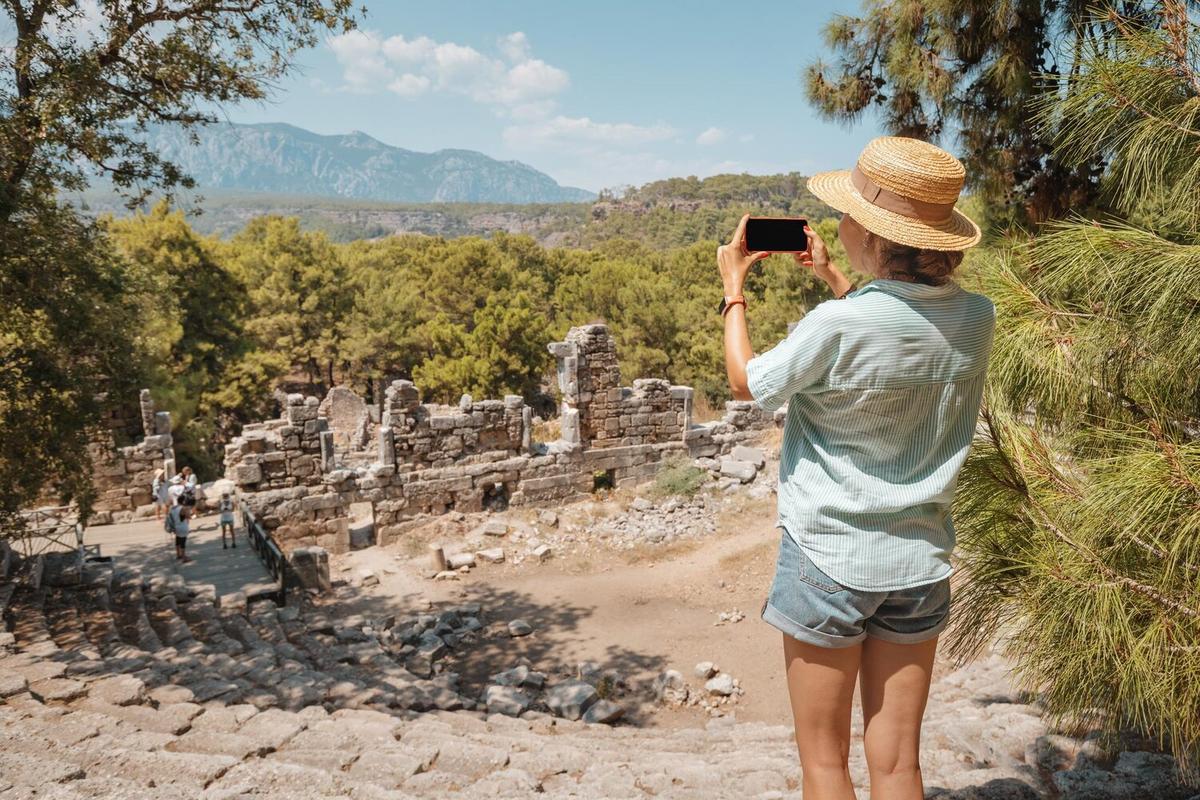
Exploring Ancient Cultures: Must-Visit Historical Sites
Imagine standing in the shadow of ancient pyramids or walking through the remnants of a once-thriving city; historical sites offer a unique glimpse into the past, allowing us to connect with cultures that shaped our world. From the architectural marvels of Egypt to the mystical ruins of the Americas, exploring these ancient cultures is a journey through time itself.
Exploring ancient cultures through historical sites is not just about seeing old stones and ruins; it’s about understanding the stories and the people who once inhabited these places. According to Dr. Emily Teeter, a noted Egyptologist, ‘Visiting these sites offers an invaluable perspective on human history and ingenuity.’ Indeed, historical sites are open-air museums that narrate tales of triumph, trade, and transformation.
Top Historical Sites to Explore
| Site | Location | Significance |
|---|---|---|
| Machu Picchu | Peru | Inca civilization, breathtaking architecture |
| Great Pyramid of Giza | Egypt | Ancient Wonder, monumental tomb |
| Petra | Jordan | Rose city, archaeological marvel |
| Angkor Wat | Cambodia | Largest religious monument |
| Stonehenge | England | Megalithic structure, prehistoric significance |
| Tikal | Guatemala | Maya city, rich in history |
| Acropolis | Greece | Symbol of ancient Greek civilization |
| Chichen Itza | Mexico | Mayan pyramid, astronomical significance |
Insightful Experiences
When visiting these sites, it’s essential to delve deeper than just the surface. According to UNESCO, over 1,000 World Heritage sites exist globally, highlighting the rich diversity of our shared heritage. Personal experiences can transform these visits into lifelong memories. For instance, a traveler recounts the awe of watching the sunrise over Machu Picchu, describing it as ‘a spiritual awakening.’
Practical Tips for Visiting Historical Sites
- Research before you go: Understanding the history and significance can enrich your visit.
- Hire a local guide: They offer insights that you might not find in guidebooks.
- Respect the site: Follow all guidelines to preserve these wonders for future generations.
- Take your time: Don’t rush; allow yourself to absorb the atmosphere and history.
Why Historical Sites Matter
These sites are more than tourist attractions; they’re repositories of knowledge and culture. As Professor Brian Fagan, an esteemed archaeologist, puts it, ‘They are the keys to understanding who we are and where we come from.’
Frequently Asked Questions
What is the best way to learn about a historical site before visiting?
Reading books, watching documentaries, and consulting academic resources can provide valuable insights.
Are there any specific etiquettes to follow at historical sites?
Yes, always follow local guidelines, avoid touching artifacts, and respect the cultural significance of the site.
How can I contribute to preserving these sites?
Support local conservation efforts, follow all preservation guidelines, and spread awareness about the importance of these sites.
In conclusion, historical sites offer a window into the diverse tapestry of human history, allowing us to appreciate the creativity and resilience of ancient cultures. By exploring these sites, we not only satisfy our curiosity but also foster a deeper understanding of our shared heritage. So, pack your bags, and let history be your guide on this enlightening journey.